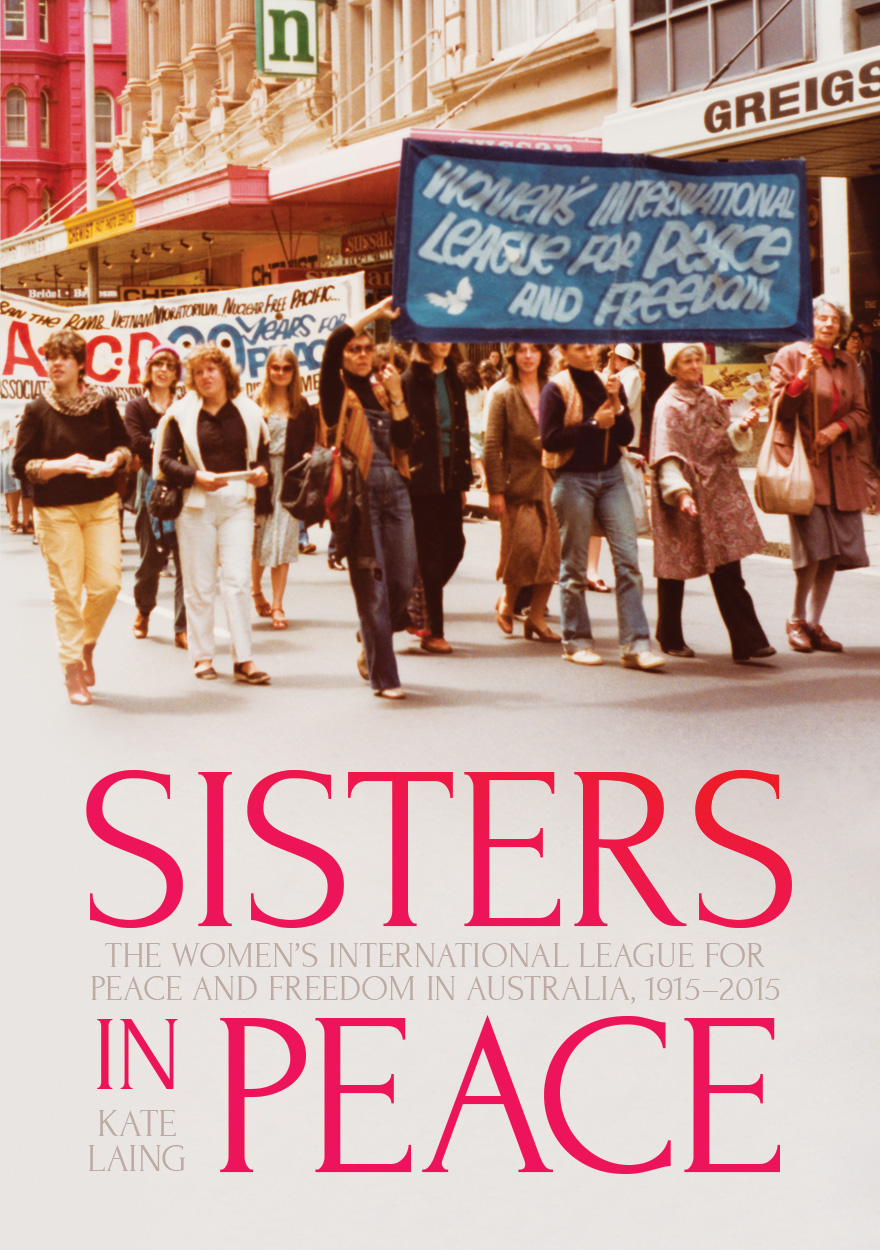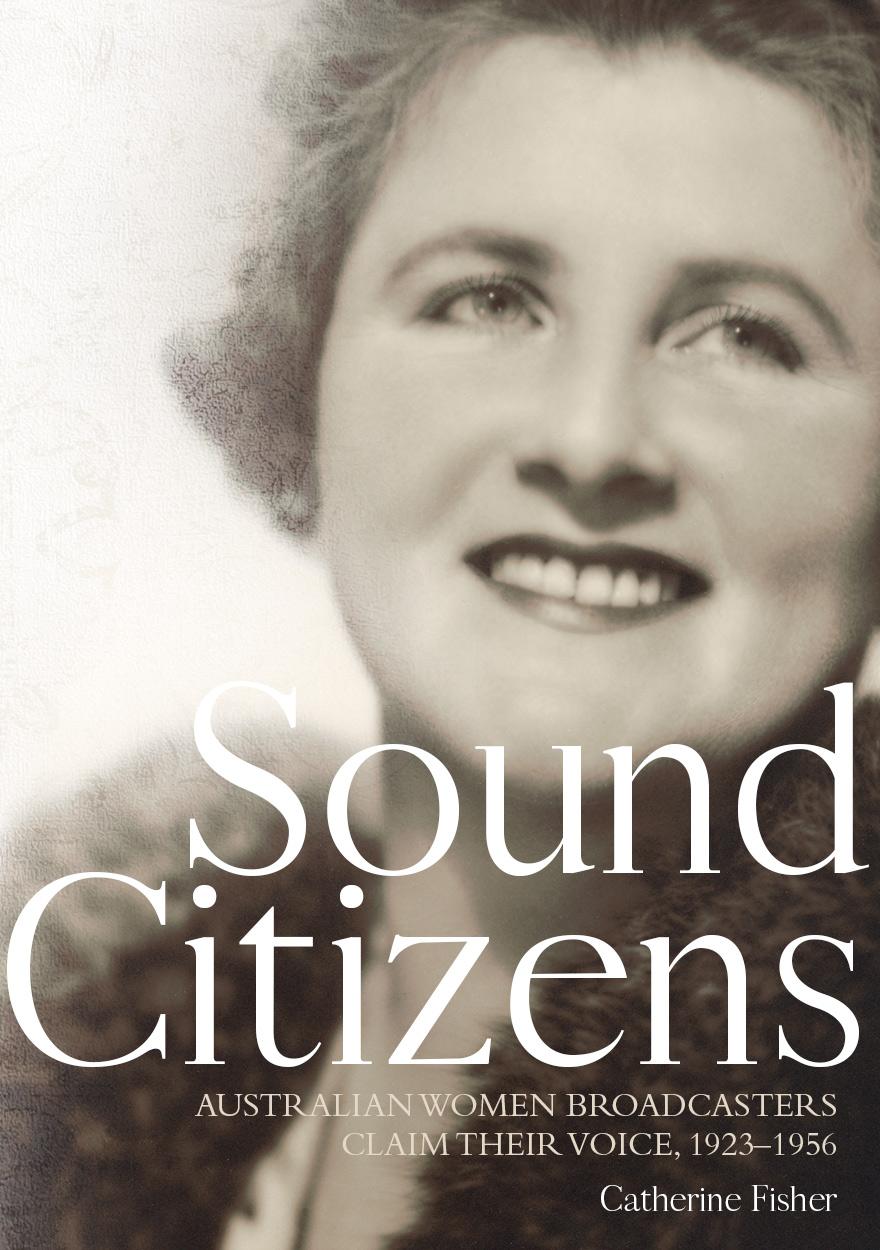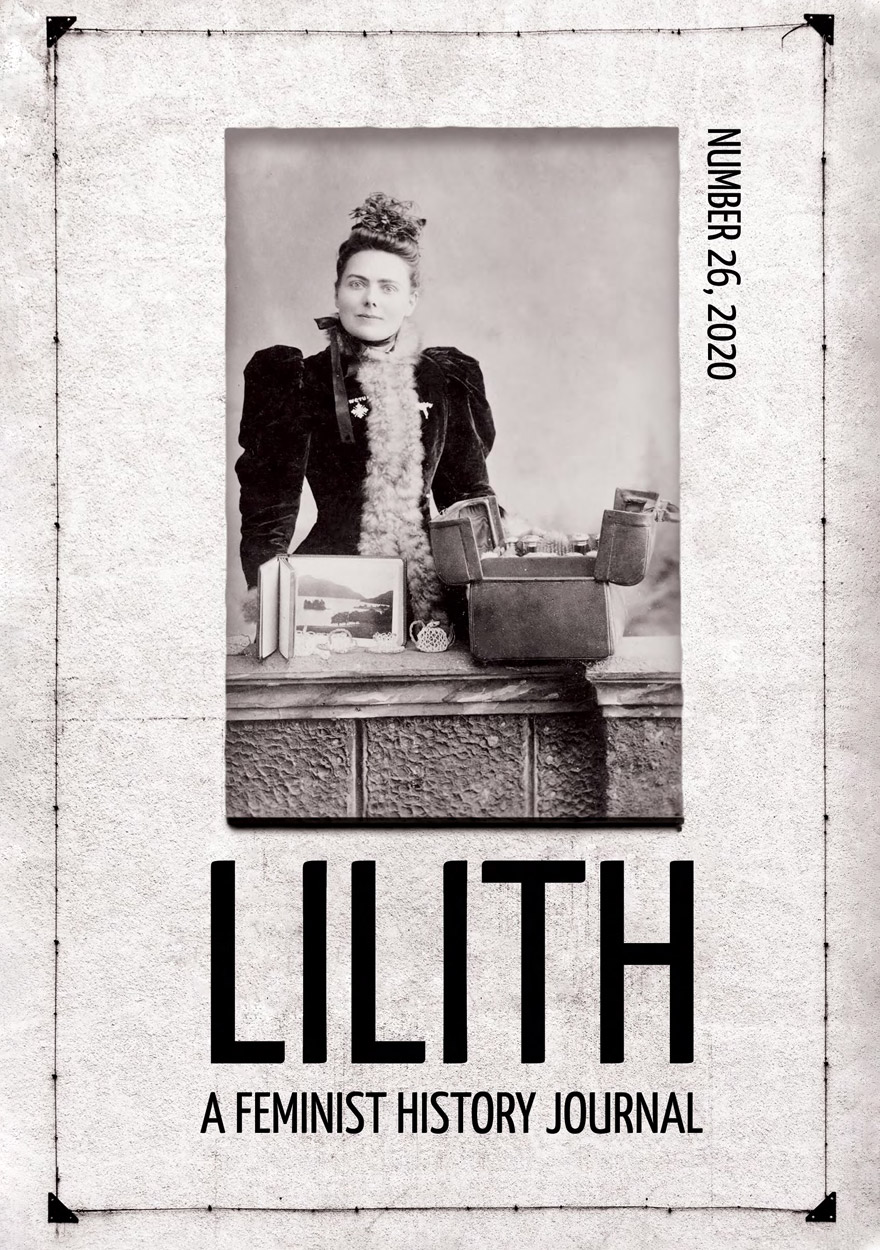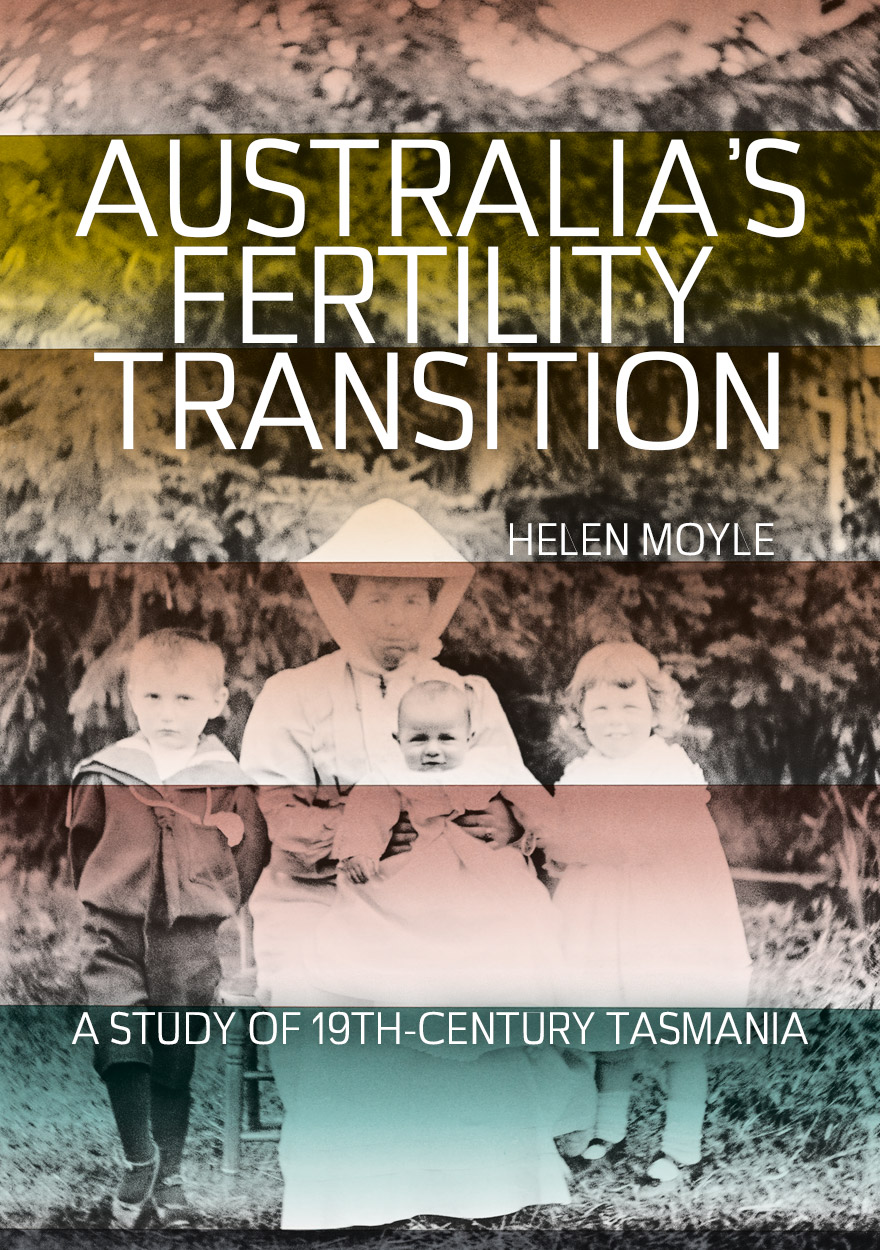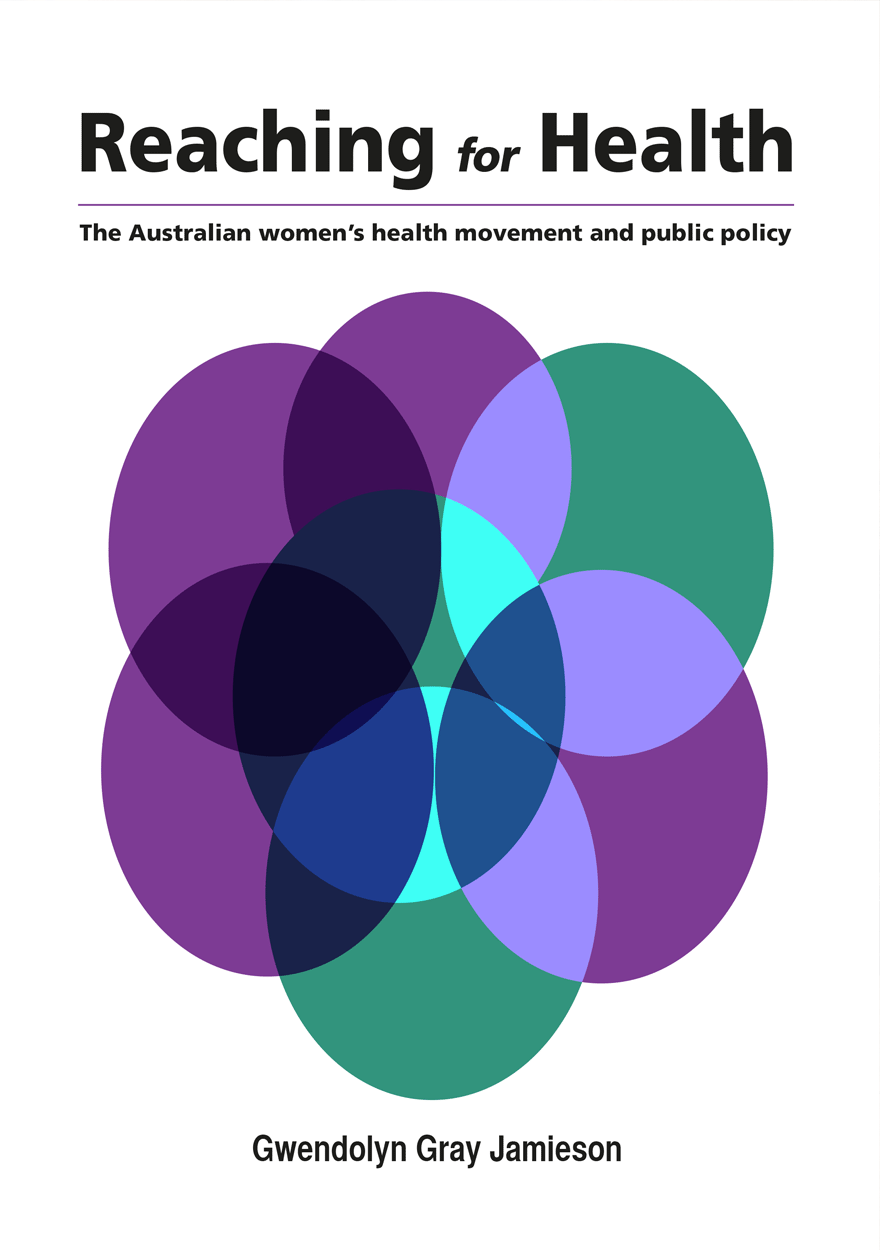
Reaching for Health
The Australian women’s health movement and public policy
Authored by: Gwendolyn Gray JamiesonPlease read Conditions of use before downloading the formats.
Description
The women’s health movement shocked and scandalised when it burst into Australian politics in the early 1970s. It cast the light of day onto taboo subjects such as sexual assault, abortion and domestic violence, provoking outrage and condemnation. Some of the services women created for themselves were subjected to police raids; sex education material was branded ‘indecent’. Moreover, women dared to criticise revered institutions, such as the medical system. Yet for all its perceived radicalism, the movement was part of a much broader and relatively conventional international health reform push, which included the ‘new’ public health movement, the community health centre movement and, in Australia, the Aboriginal health movement, all of which were critical of the way medical systems had been organised during the 20th century. The women who joined the movement came from diverse backgrounds and included immigrant and refugee women, Aboriginal women and Anglo women. Initially, groups worked separately for the most part but as time went on, they found ways to cooperate and collaborate. This book presents an account of the ideas, the diverse and shared efforts and the enduring hard work of women’s health activists, drawn together in one volume for the first time. This relentless activism gradually had an impact on public policy and slowly brought forth major attitudinal changes. The book also identifies the opportunities for health reform that were created along the way, opportunities which deserve to be more fully embraced.
Details
- ISBN (print):
- 9781921862670
- ISBN (online):
- 9781921862687
- Publication date:
- Jan 2012
- Imprint:
- ANU Press
- DOI:
- http://doi.org/10.22459/RH.01.2012
- Disciplines:
- Arts & Humanities: History; Social Sciences: Gender Studies, Indigenous Studies, Social Policy & Administration
- Countries:
- Australia
PDF Chapters
Please read Conditions of use before downloading the formats.
- Concepts, Concerns, Critiques (PDF, 2.7MB)
- With Only Their Bare Hands (PDF, 2.6MB)
- Infrastructure Expansion: 1980s onwards (PDF, 2.0MB)
- Group Proliferation and Formal Networks (PDF, 164KB)
- Working Together for Health (PDF, 2.2MB)
- Women’s Reproductive Rights: Confronting power (PDF, 4.4MB)
- Policy Responses: States and Territories (PDF, 165KB)
- Commonwealth Policy Responses (PDF, 3.2MB)
- Explaining Australia’s Policy Responses (PDF, 158KB)
- A Glass Half Full… (PDF, 141KB)
Reviews
Jennifer Power of Bouverie Centre, La Trobe University, reviewed Gwendolyn Gray Jamieson’s Reaching for Health in the latest issue of Australian Health Review (2013, Volume 37, CSIRO Publishing). She describes the book as “a detailed and rich account of the history of women’s health services and health policy in Australia” and “a welcome addition to the political history of health, social movements, and feminism.” (p 135)
What makes this collection special is that many of these stories would likely be lost to history if it had not been pulled together in a text such as this. For example, Gray Jamieson recounts the story of the establishment of small, sometimes remote, services such as the Edith Edwards Women’s Centre in Bourke, NSW, in the late 1980s, as‘illustrative of the extraordinary efforts women undertook to set up basic services’ (p. 115).
Alongside this, Gray Jamieson presents an analysis of the political landscape in which the women’s health movement operated – from the more progressive political climate of the 1970s through to John Howard’s conservatism in the mid-1990s. What is clear from this analysis is that the women’s health movement successfully created a political momentum that has been hard to ignore, even by highly conservative governments.
Perhaps one of the most significant contributions of the women’s health movement is the ways in which it fundamentally challenged – and arguably altered – the landscape of the Australian medical system. The women’s health agenda was not an easy sell, as Gray Jamieson puts it, ‘Consider the circumstances: groups of feminists, easily dismissed as part of the lunatic fringe, spoke about taboo subjects in public and circulated a radical critique of an esteemed institution – namely the medical care system’ (p. 215).
(Jennifer Power, review of Reaching for Health: The Australian women’s health movement and public policy, by Gwendolyn Gray Jamieson, for the Australian Health Review, Volume 37, Number 1, 2013, pp 134–135.)
Other publications that may interest you





